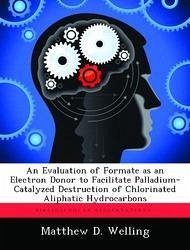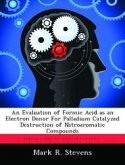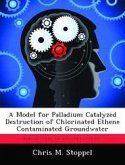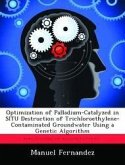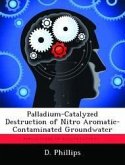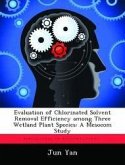Chlorinated aliphatic hydrocarbons (CAHs) such as trichloroethylene (TCE), tetrachloroethylene (PCE), and trichloroethane (TCA) are probable human carcinogens that have been used widely within the DoD, primarily as solvents for cleaning and metal degreasing. These compounds are frequently found to be groundwater contaminants. In fact, TCE and PCE are the first and third most commonly detected groundwater contaminants nationwide. The focus of this study was to determine the effectiveness of using a palladium (Pd) catalyst with formate as a reductant to treat CAH-contaminated groundwater. TCE was used as a model CAH. Other investigators have focused on hydrogen gas (H2) as a reductant to treat CAH-contaminated groundwater. However, when using H2 as a reductant, catalyst deactivation is observed due to the production of hydrochloric acid. In this study, formic acid was used as the reductant, resulting in no observed catalyst deactivation even at high contaminant concentrations. Reaction rates achieved when using 100% H2 as a reductant could be matched by using 4 mM (184 mg/L) formic acid. At increased formic acid concentrations, system performance exceeded performance achievable when using H2. It is also noted that while hydrogen is an explosive, low solubility gas, formic acid can easily and safely be added to contaminated water. The aforementioned work has shown that this method for treating CAH-contaminated groundwater by using formic acid and a Pd-catalyst is more efficient, safe, and less costly than using hydrogen gas as a reductant.
Hinweis: Dieser Artikel kann nur an eine deutsche Lieferadresse ausgeliefert werden.
Hinweis: Dieser Artikel kann nur an eine deutsche Lieferadresse ausgeliefert werden.

